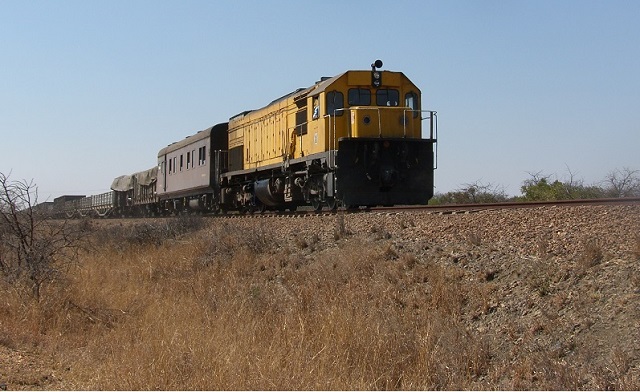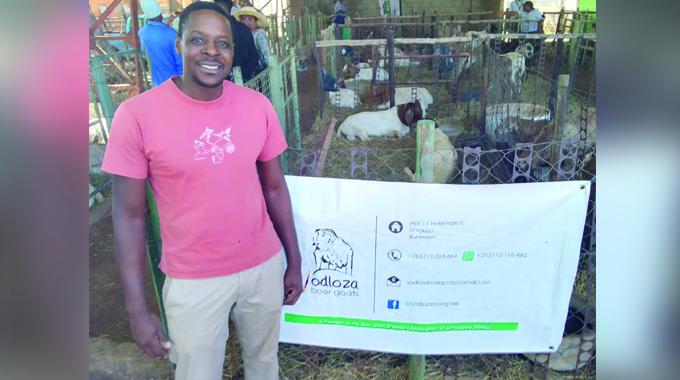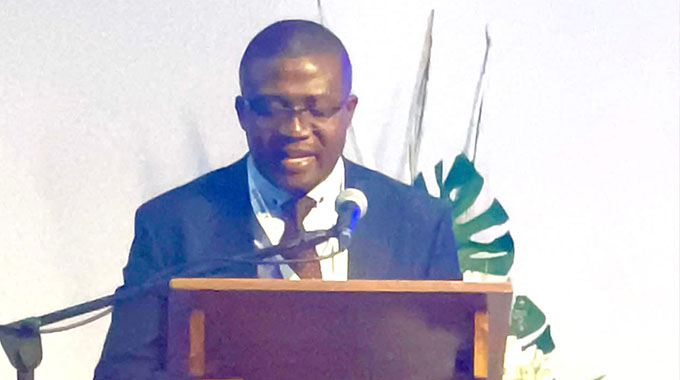‘Buttress free trade with industrialisation’

Oliver Kazunga, Senior Business Reporter
THE Tripartite Free Trade Area (TFTA) should be buttressed by a robust industrial and infrastructure development programme for the region to derive benefits from market liberalisation, an official said yesterday.
TFTA is part of an overarching Pan-African project aimed at integrating all countries in the Common Market for Eastern and Southern Africa (Comesa), Sadc and the East African Community (EAC).
Speaking during the Ad-hoc expert group meeting on the deepening of regional integration in Southern Africa in Bulawayo, the United Nations Economic Commission for Africa director for Southern Africa office, Professor Said Adejumobi, said:
“The innovative approach of the TFTA is to incorporate industrial and infrastructure development in the corpus of market integration.
“Without production, trade and market liberalisation will be meaningless.
“The industrial pillar seeks to boost the productive capacity of member-states, promote value addition and beneficiation and enhance economic diversification.
“The infrastructure component aims to ease the challenge of doing business, open up the continent from Cape to Cairo and allow the free flow of goods and services.”
He said the TFTA provides the architecture of development that would be crucial in realising the aspirations of Agenda 2063 and Agenda 2030.
“If well implemented, Prof Adejumobi said the TFTA has the capacity to promote trade, enhance productivity, spur economic competition thereby improving the quality of goods and services across the regions.
The implementation of TFTA is also expected to assist in creation of jobs, reduce poverty as well as ensuring nobody is left behind in the development train with better economic opportunities for all.
“But that is only if the TFTA is well consummated and implemented. There are serious risks and challenges.
“In many African countries including those of Southern and Eastern Africa, the process of de-industrialisation has not abated. Manufacturing as share of Gross Domestic Product continues to fall,” he said.
Prof Adejumobi said conscious efforts must be made in the industrial pillar of the TFTA to promote the development of indigenous entrepreneurial class that would increasingly assume a multinational character like Mr Aliko Dangote.
“Also there is a need for greater harmonisation in the industrial policies of the three regional economic communities.
“The Sadc Industrialisation Strategy and Roadmap of 2015, the Comesa Industrialisation policy and EAC industrial policy agenda must all coalesce together,” he said.
Prof Adejumobi said when the treaty of the African Economic Community (AEC) was signed on June 3, 1991, the objective was to promote the integration of African economies to increase self-reliance and promote an endogenous and self- sustaining development.
He said the TFTA represents the most ambitious attempt at integrating African economies in creating a free trade area for 26 African countries of 632 million people, representing 51 percent of Africa’s Gross Domestic Product and constituted by the three regional economic communities —Comesa, Sadc and the EAC.
“The road to the TFTA has been long and arduous. Starting with the first Tripartite Summit in Kampala, Uganda on October 22, 2008, the leaders of the three regional economic blocs committed themselves to creating a larger integrated market in the boosting inter-regional trade, attracting investments and deepening regional integration in Africa,” he said.
Prof Adejumobi said history was made in Sharm El-Sheikh, Egypt on June 10, 2015 when after over three years of intense negotiations, the TFTA was launched and the agreement in trade in goods was signed.
So far, 21 member states including Zimbabwe have signed the TFTA agreement with one ratification-Egypt, and Uganda is in the process of doing so.
Fourteen ratifications are needed for the agreement to go into force.
@okazunga











Comments